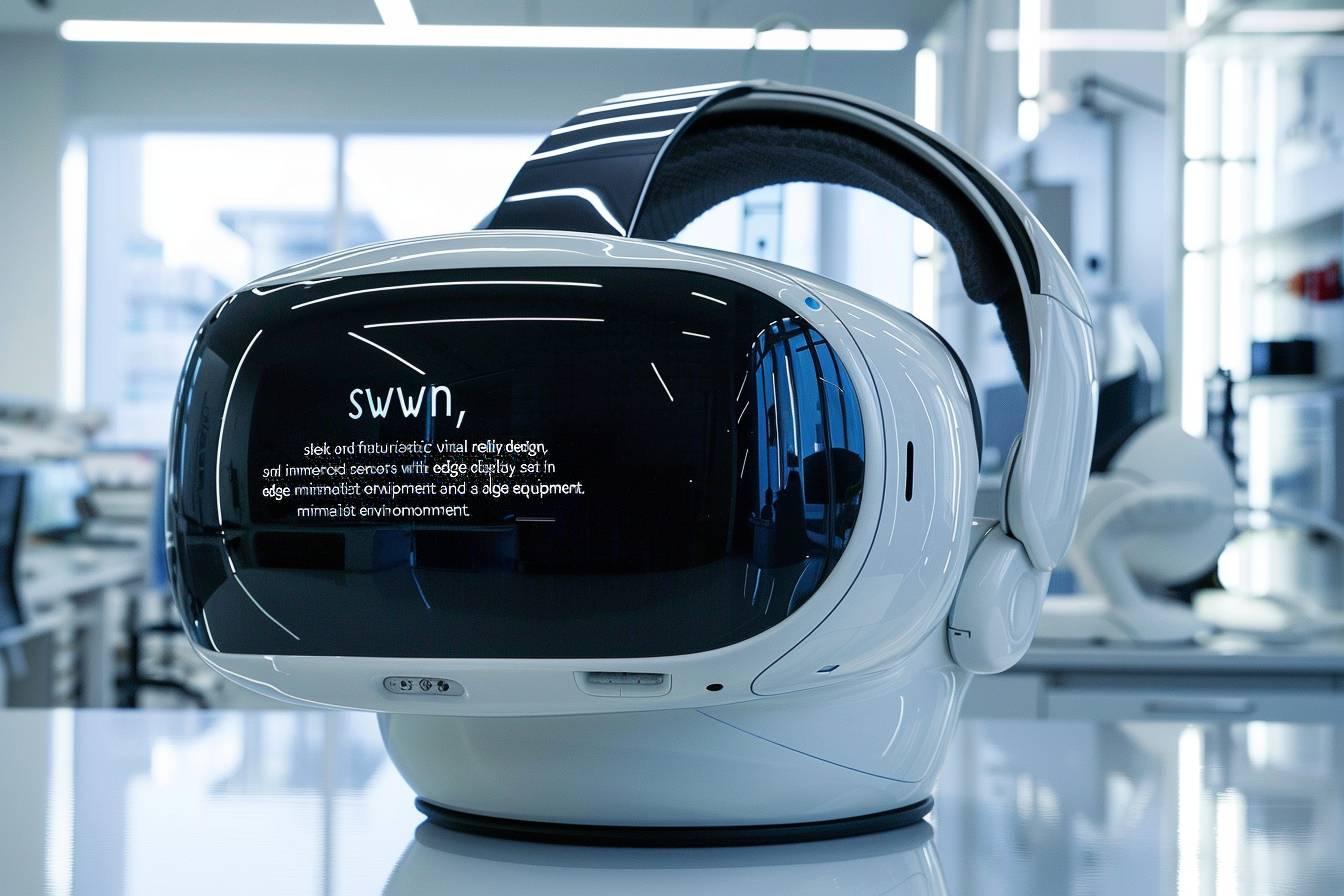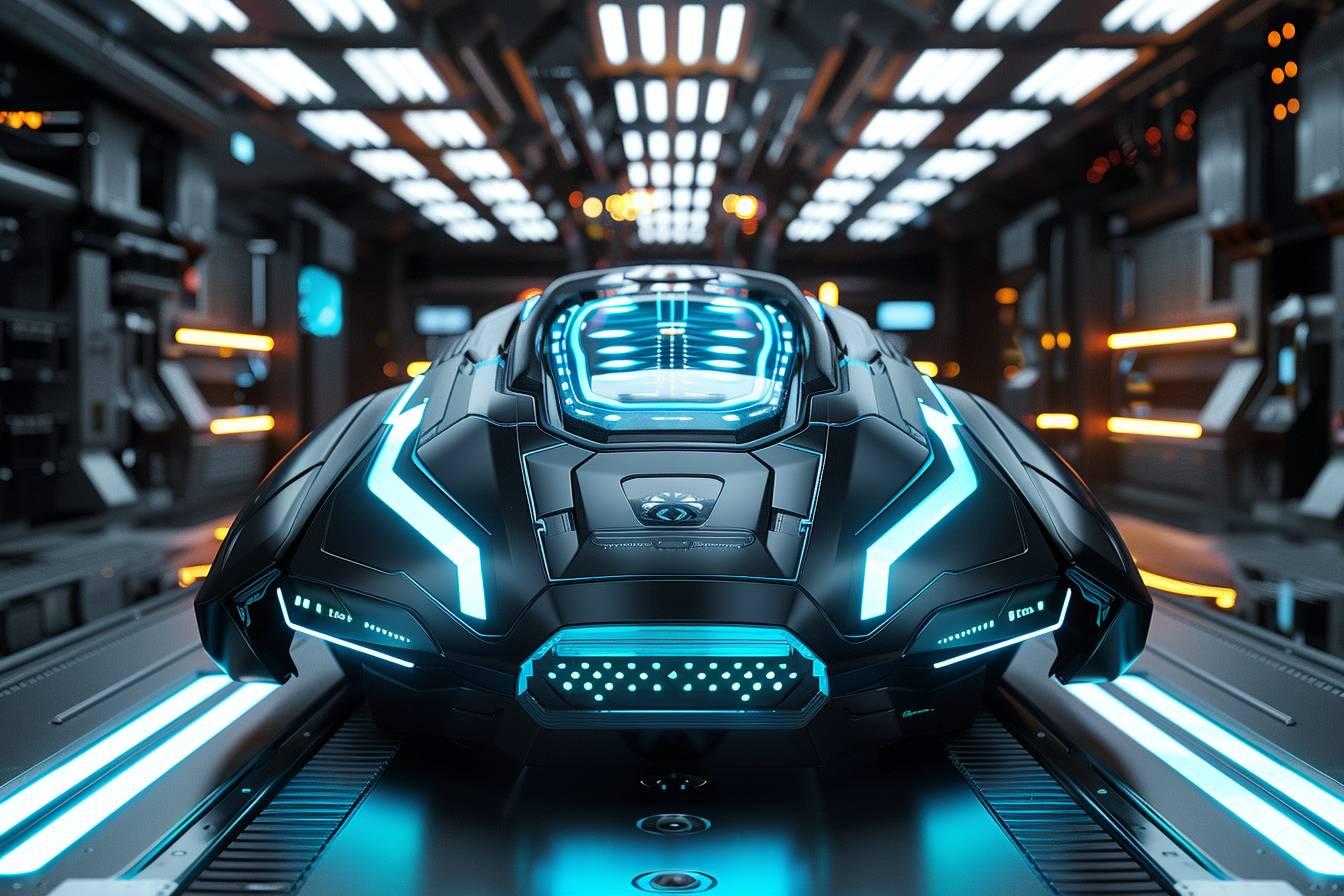The world of virtual reality is undergoing a new twist with the recent announcements concerning the Pico 5. This long-awaited project by VR enthusiasts seems to be going in an unexpected direction, raising many questions about the future of the brand and the market as a whole. Let’s dive into the details of this news that’s shaking up the virtual reality industry.
The Pico 4: a mixed success
The launch of the Pico 4 at the end of 2022 in Europe and Asia aroused great interest among virtual reality enthusiasts. This stand-alone headset, presented as a serious alternative to Meta’s products, promised a high-quality immersive experience at a competitive price. However, sales failed to live up to the expectations of ByteDance, Pico’s parent company.
Despite positive reviews from experts, the Pico 4 failed to stand up to the competition, notably Meta and its Quest 2. Several factors may explain this mixed success:
- limited distribution, notably excluding the US market
- A less extensive application ecosystem than Meta’s
- Lack of public awareness of the Pico brand.
These disappointing results have prompted ByteDance to review its strategy for the future of its virtual reality division. The company, which acquired Pico in 2021 for $1.3 billion, is now faced with a dilemma: persevere in an embryonic market or redirect its investments.
ByteDance changes course: the end of the Pico 5 project
Faced with these difficulties, ByteDance has taken a radical decision: to cancel the Pico 5 project. This news came as a surprise to many observers who had been eagerly awaiting the release of the new headset. Instead, the company chose to focus on two main areas:
- the development of an improved version of the Pico 4, scheduled for 2024
- The design of a high-end headset, dubbed the “Swan” project, aimed at competing with the Apple Vision Pro.
This strategic reorientation is accompanied by significant structural changes within the company. ByteDance has carried out a massive restructuring of Pico, with no fewer than 400 redundancies and 600 internal transfers. The workforce has been reduced from 1,800 to 800, with a particular impact on the content teams.
These decisions testify to ByteDance’s determination to rationalize its investments in the virtual reality field, while positioning itself in more buoyant market segments. The Swan project, still in the conceptual phase, illustrates this ambition to move upmarket and compete with the giants of the sector.

Towards a new approach to virtual reality
Beyond these organizational changes, ByteDance seems intent on rethinking its approach to virtual reality. The company is refocusing on controller-free use cases, giving priority to the detection of hand movements. This could simplify the user experience and make VR more accessible to the general public.
At the same time, Pico continues to enrich its catalog of applications. The Pico Store recently welcomed major titles such as YouTube VR, VR Chat and Arizona Sunshine 2. This strategy aims to close the gap with the competition in terms of available content, a crucial element in attracting and retaining users.
| Application | Type | Importance for the Pico ecosystem |
|---|---|---|
| YouTube VR | Video | High |
| VR Chat | Social | Medium |
| Arizona Sunshine 2 | Game | Average |
Despite this turbulence, Pico assures that its platform will continue to function normally for current users. This promise is essential to maintain the confidence of early adopters and preserve the company’s brand image in an uncertain context.
Pico’s future in a changing market
The cancellation of the Pico 5 and ByteDance’s strategic reorientation raise many questions about the future of the brand and, more broadly, about the evolution of the virtual reality market. While Meta continues to invest heavily in this sector, other players such as Apple are making inroads with high-end products.
In this context, ByteDance’s Swan project could represent an opportunity to stand out from the crowd. By targeting the premium segment, the company is seeking to capitalize on its technological expertise to offer an unprecedented VR experience. However, the success of this strategy will depend on a number of factors:
- The ability to develop innovative technologies
- The quality and diversity of the content on offer
- Pricing positioning against well-established competitors
- Consumer perception of the Pico brand
The virtual reality industry remains a niche market, but its growth potential continues to attract investors. The next few months will be crucial for Pico and ByteDance, who will have to prove the relevance of their new strategy in an increasingly fierce competitive environment.
Ultimately, the discontinuation of the Pico 5 marks a turning point in the brand’s history, but also opens up new prospects. Only time will tell whether this bold decision will enable Pico to establish itself as a major player in virtual reality, or whether it will mark the beginning of a slow decline in a market in full swing.


